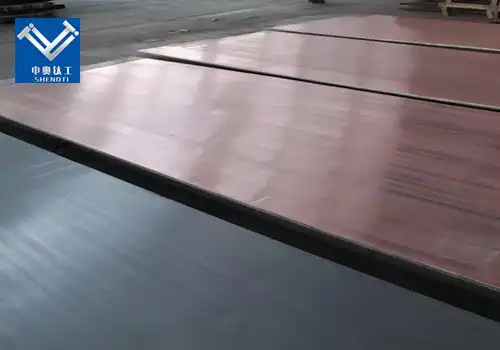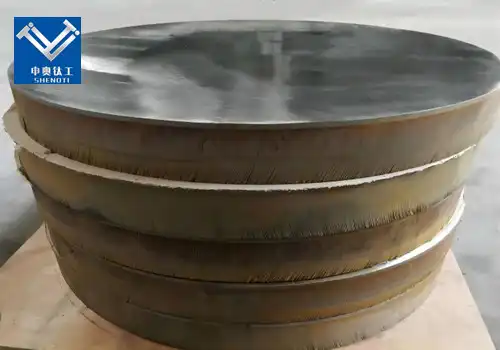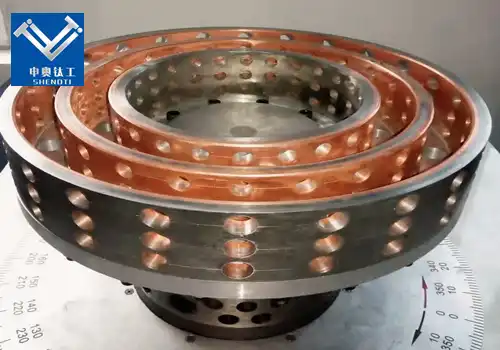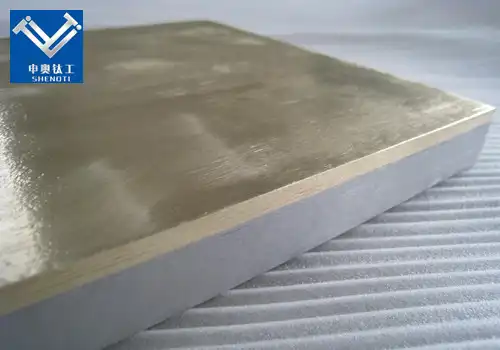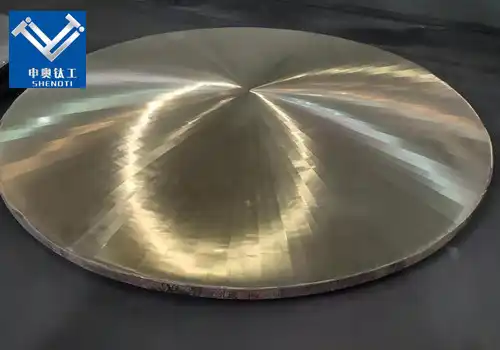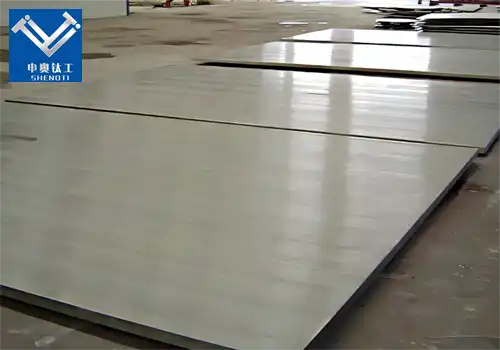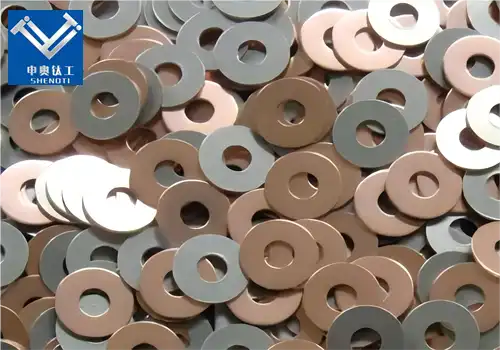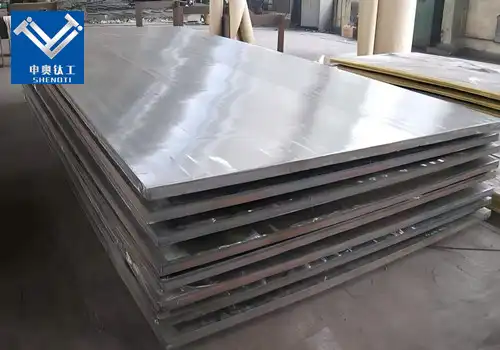
What Is an Aluminum Alloy Clad Plate?
2025-07-12 11:32:16
In today’s industrial landscape, aluminum alloy clad plate has emerged as a revolutionary material that combines lightweight efficiency with exceptional strength and corrosion resistance. These advanced composite plates are engineered by bonding dissimilar metals—typically aluminum and another high-strength alloy—using specialized techniques like explosion welding or roll bonding. As industries strive for greater performance, cost efficiency, and sustainability, aluminum alloy clad plates offer unmatched versatility across sectors like aerospace, transportation, marine, power, and chemical processing.
What Is an Aluminum Alloy Clad Plate?
Understanding the Structure and Technology
An aluminum alloy clad plate is a layered metallic material consisting of aluminum or aluminum alloy bonded with another metal—such as stainless steel, copper, or titanium. The goal is to integrate the advantageous properties of each metal into a single, high-performance product.
Base layer: Usually lightweight aluminum or aluminum alloy, which offers excellent conductivity and corrosion resistance.
Cladding layer: Often high-strength metals like stainless steel, nickel, or copper for strength, durability, or improved mechanical or thermal performance.
Common cladding techniques include:
Explosion welding (explosive bonding): A high-energy process that creates metallurgical bonds at the interface without melting.
Hot roll bonding: A solid-phase technique using heat and pressure.
Cold roll bonding: Used for thinner applications with lower temperature resistance.
Why Choose Aluminum Alloy Clad Plate?
Compared with single-metal sheets, aluminum alloy clad plates offer:
Improved mechanical properties (strength + ductility)
Enhanced corrosion resistance
Reduced weight (especially vs. steel)
Lower total lifecycle costs
Excellent formability and weldability
Key Advantages of Aluminum Alloy Clad Plate
1. Lightweight and High Strength
The combination of lightweight aluminum with strong cladding materials results in a product that significantly reduces structural weight while maintaining or exceeding the necessary strength requirements. This makes it ideal for industries like automotive, rail, and aerospace where weight is a critical factor.
2. Superior Corrosion Resistance
Aluminum naturally forms an oxide film that resists corrosion. When paired with materials like stainless steel or titanium through cladding, the resulting plate gains multi-layered protection in harsh environments such as seawater, chemical plants, and marine atmospheres.
3. Thermal and Electrical Conductivity
Aluminum alloy clad plates offer outstanding thermal conductivity, making them highly effective for applications requiring heat dissipation, such as power stations, electronic components, or solar systems. In copper-clad variations, electrical conductivity is also optimized.
4. Cost Efficiency and Material Savings
By combining high-value metals only where they are needed (as a thin cladding layer), aluminum alloy clad plates help reduce the consumption of expensive materials. This results in significant cost savings while maintaining high-performance standards.
Applications of Aluminum Alloy Clad Plate in Various Industries
1. Aerospace and Aviation
Aircraft structures, fuselages, and heat exchangers benefit from aluminum alloy clad plates for their strength-to-weight ratio and corrosion resistance. Clad aluminum-titanium combinations are especially popular in this sector.
2. Automotive and Rail Transportation
To meet stringent fuel efficiency and emissions standards, manufacturers use aluminum alloy clad plates in:
Body panels
Structural reinforcements
Battery enclosures for EVs
Heat shields
The reduced weight directly contributes to lower energy consumption and improved performance.
3. Chemical and Petrochemical Industry
Chemical reactors, heat exchangers, and piping systems made from aluminum alloy clad plates offer enhanced resistance to corrosive substances like acids, alkalis, and solvents. Stainless steel-clad aluminum plates are widely used for these applications.
4. Marine Engineering
Ships, offshore platforms, and underwater structures must withstand extreme saline environments. Aluminum alloy clad plates, especially those with copper or nickel cladding, offer exceptional marine corrosion resistance and are used in:
Decks
Hulls
Desalination equipment
5. Renewable Energy and Power Industry
Aluminum alloy clad plates are utilized in:
Solar reflectors
Wind turbine components
Battery packs
Thermal exchangers
These applications require materials with excellent conductivity, corrosion resistance, and durability.
Popular Cladding Combinations
Aluminum-Stainless Steel Clad Plate
Used in kitchen appliances, marine, and chemical industries.
Combines aluminum’s lightness with the strength and corrosion resistance of stainless steel.
Aluminum-Copper Clad Plate
Ideal for heat exchangers and electrical busbars.
High conductivity and cost savings.
Aluminum-Titanium Clad Plate
Used in aerospace and medical devices.
Exceptional corrosion resistance and biocompatibility.
Technical Specifications and Customization
Available Grades and Standards
Common aluminum alloy grades used:
1060, 3003, 5052, 5083, 6061, 7075
Common cladding materials:
304/316 stainless steel, pure copper (T2), titanium (TA1/TA2)
Specifications:
Thickness: 0.5 mm to 50 mm
Width: up to 2000 mm
Length: customizable
Bonding ratio and layer thickness: tailor-made to application
Surface Treatments
Brushed
Mirror finish
Anodizing
Coating (anti-corrosive, anti-fingerprint)
Certifications
ASTM B928, ASTM B209
ISO 9001 / ISO 14001
SGS / RoHS / BV available upon request
How Aluminum Alloy Clad Plate Improves Sustainability
The use of aluminum alloy clad plate aligns with global sustainability goals:
Lower carbon footprint due to lightweight transport
Recyclable components
Longer service life reduces maintenance and replacements
Efficient use of rare or expensive metals
These factors make it a green solution for environmentally conscious industries.
Choosing the Right Aluminum Alloy Clad Plate Manufacturer
When sourcing aluminum alloy clad plates, consider the following factors:
Experience and technical capacity: Proven expertise in explosion welding or roll bonding technology.
Material traceability: Certifications and quality documentation.
Customization options: Ability to meet specific thickness, size, and cladding requirements.
Logistics: On-time global delivery capabilities.
The Future Is Clad – Embrace the Power of Aluminum Alloy Clad Plate
As industries move toward lighter, stronger, and more sustainable materials, aluminum alloy clad plate stands at the forefront of this transformation. Its unique combination of performance, cost efficiency, and environmental benefits make it a smart choice for manufacturers worldwide. From aerospace to electronics, and energy to marine, the applications are vast and growing.
Whether you're looking to innovate, reduce weight, or extend product life in harsh environments, aluminum alloy clad plates provide a reliable, forward-thinking solution.
Contact Us for High-Quality Aluminum Alloy Clad Plates
Looking for a trusted supplier of aluminum alloy clad plates?
We specialize in custom bimetal and trimetal clad plate solutions tailored to your industry needs. Contact our expert team for consultation, quotes, or sample requests.
Email: zh@baojiti.com.cn
Company: Baoji City ShenAo Metal Materials Co., Ltd.
Location: High-tech Industrial Development Zone, Baoji, China
Website: shenaocladplate.com
YOU MAY LIKE











